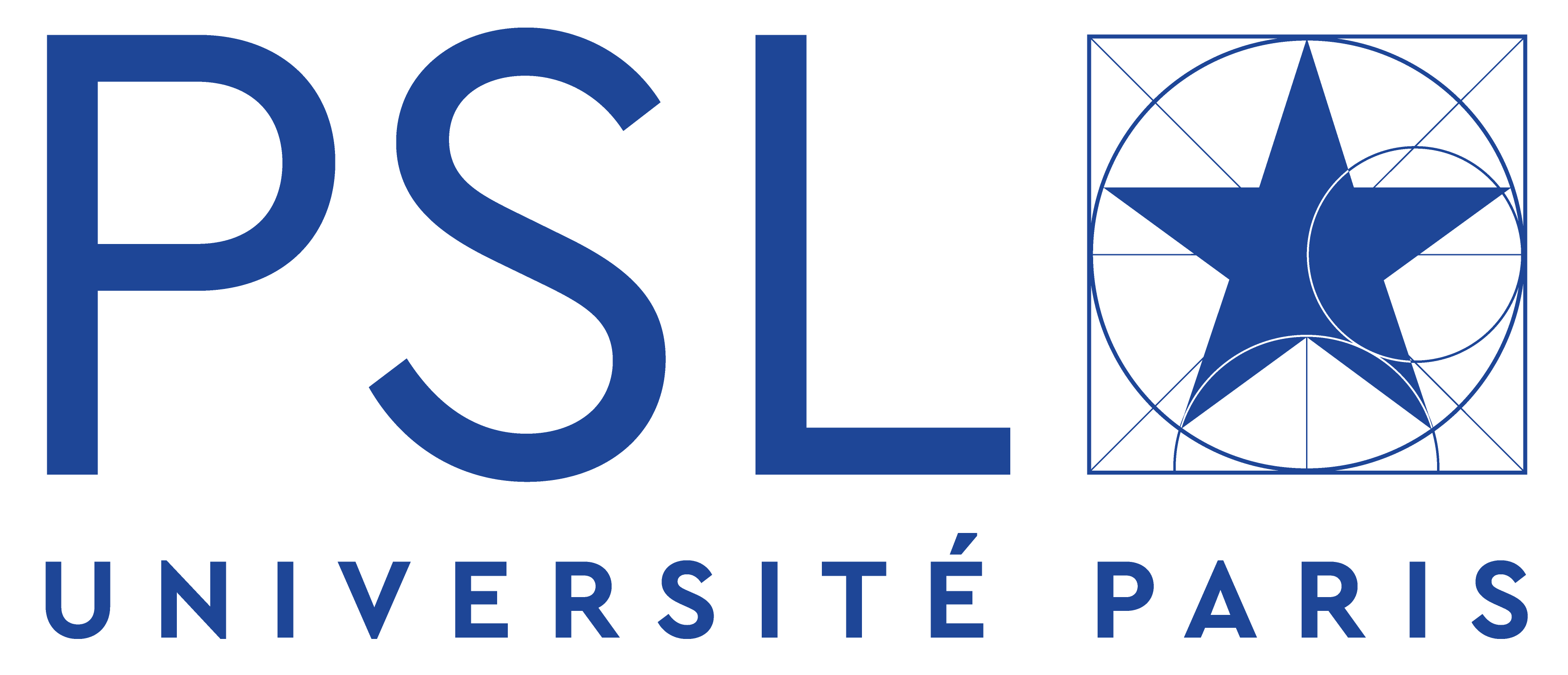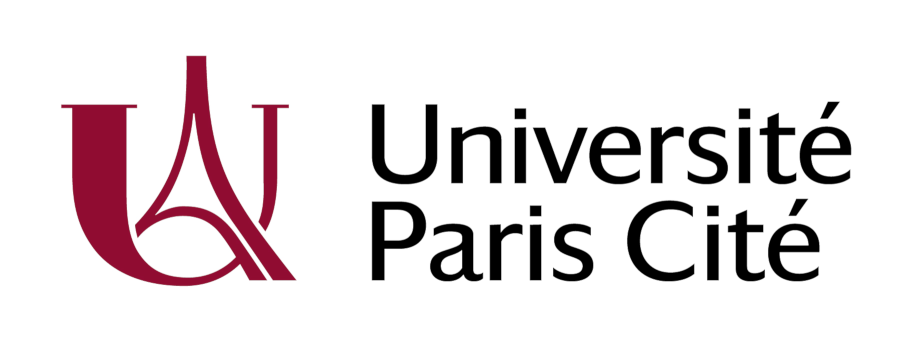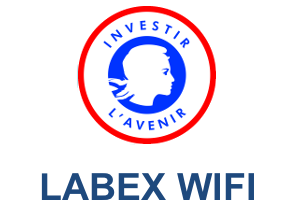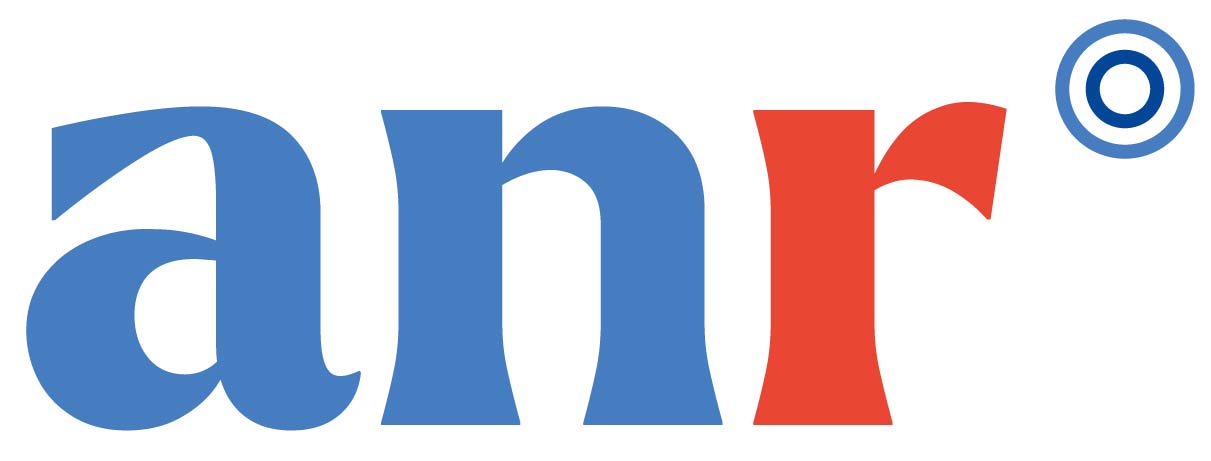
Program
| 9h-10h30 | 11h-12h30 | 16h30-17h30 | 18h00-19h00 | |
|---|---|---|---|---|
| Sun. | Arrival to Cargèse | |||
| Mon. | Lecture | Lecture | Lecture | Lecture |
| Tue. | Lecture | Lecture | Lecture | Lecture |
| Wed. | Lecture | Lecture | Poster | |
| Thu. | Lecture | Lecture | Lecture | Lecture |
| Fri. | Lecture | Lecture | Lecture | Lecture |
| Sat. | Departure from Cargèse | |||
Speaker and lecture titles
Dynamic Mass Density and Acoustic Metamaterials
Dynamic mass density of a composite can differ from its static counterpart when there are relative motions between the components. Realizations of negative dynamic mass density composites and their theoretical underpinnings will be presented. The issue of liquid-solid composite mass density at the low frequency limit will also be addressed.
More details can be found in
Complex Photonic Nanostructures and phenomena
Wave optics is an old field of physics that has experienced rapid advances lately. Thanks to modern nanofabrication technology, complex nanostructures such as photonic crystals and metamaterials can be fabricated. They display unusual optical properties and phenomena, e.g., photonic bandgaps, negative refractive index, optical magnetism and cloaking. In this talk, I will start with a brief introduction of the field of nanophotonics and then focus on our studies of photonic nanostructures of random morphology. I show how we can trap light in such structures to make random lasers. Next, learning from the color generation by nanostructures in bird feathers, we use short-range order to enhance light scattering and confinement in artificial nanostructures. Finally I will talk about our latest work on coherent perfect absorbers which can be considered as time-reversed lasers.
Transformation Optics at Optical Frequencies
Transformation optics tells us how a distortion of space, and the objects it contains, maps into changes of the effective electric and magnetic responses of the distorted materials. This can be exploited to generate new devices from familiar ones. For example it is well known that a slab of negatively refracting material has lens like properties and can focus light. However the images are always of exactly the same size as the objects. This restriction can be lifted by applying transformation optics to create a negatively refracting magnifying lens that also has the property of sub wavelength. In the exact formulation both electrical and magnetic properties are equally affected by the transformation, but in the near field approximation at optical frequencies we can neglect the magnetic component. This leads to some novel devices that will be described in this talk.
Slow light propagation in photonic-crystal waveguides
The propagation of slow light in photonic-crystal waveguides is limited by the impact of inevitable random fabrication fluctuations on slow-light transport, which may eventually lead to photon localization for intentionally large disorders. The talk will not focus on the study of light localization, but rather on practical situations of slow light transport. Especially, we will be concerned by the intermediate regime for which the waveguide length is equal to the mean-free-path, which offers a good compromise between loss and delays.
keywords : slow light, Bloch mode, disorder, multiple scattering, localisation
Acoustic metamaterials with anisotropic dynamical mass density
Anisotropic dynamical mass density is a material property that could be made possible fascinating phenomena as acoustic cloaking. This talk will review recent results describing how to engineer metamaterials with that property and their potential applications. Particularly, it will be shown that can be obtained by periodic arrays of sonic scatterers embedded in a fluid if the lattice separation is much lower than the sound wavelength. Dynamical mass anisotropy can be tailored by changing the parameters of the structure and the material composition of scatterers and can be employed to design novel acoustic devices like gradient index sonic lenses, acoustic cloaks an even a new type of crystals named Radial Wave Crystals, which are radially periodic structures that verify Bloch theorem and have been proposed for acoustic waves as well as for electromagnetic waves.
Imperfect disordered optics
In opaque white materials, such as paper, paint and biological tissue, light
is randomly scattered and loses its direction completely as it diffuses
through the system. We show experimentally that light can be controlled as
it propagates inside and through such disordered materials. Remarkably, the
scattering can even improve control. Phase coherence, and therefore the
possibility for the light to show interference phenomena, is not lost by
elastic scattering processes. By manipulating the incident wavefront, we can
force constructive interference at any point in space and thereby focus
light inside [1] and through [2] opaque materials. Wavefront shaping can
also drastically change the total transmission through a material,
displaying a universal mode of wave transport. We will discuss eigenchannels
of the transmission matrix [3], special wavefronts in which the energy is
fully transmitted or fully reflected by a random scattering material, and
various methods to elucidate them.
Wavefront manipulation and transmission matrix measurements require
measurements of complicated field patterns, such measurements are never
perfect. The most common imperfections and their effects on the usefulness
of the measured data will be analyzed. It is found that light transmission
through opaque samples is surprisingly robust to some imperfections and
extremely sensitive to others.
* I will present work done in collaboration with D. Akbulut, F. van Beijnum,
J. Bertolotti, T. Huisman, A. Lagendijk, E.G. van Putten, and I. M.
Vellekoop,
[1] I.M. Vellekoop, E.G. van Putten, A. Lagendijk and A.P. Mosk, Opt.
Express 16, 67 (2008).
[2] I.M. Vellekoop, A. Lagendijk, and A.P. Mosk, Nature Photon. 4, 320
(2010).
[3] S. M. Popoff et al, Phys. Rev. Lett. 104, 100601 (2010) ; E.G. van
Putten and A. P. Mosk, Physics 3, p. 22 (2010).
Random Lasing and nonlinear phenomena in disordered media
In random lasers, light is confined within the gain medium by means of multiple scattering. We discuss the nature of the lasing modes in different regime of scattering, from systems where light is disorder-confined to weakly diffusive media, and for different degree of laser pumping. Recent experimental realizations are presented.
More details in
Pr. Azriel Genack
Modes and transmission eigenchannels in the photon localization transition
The statistics of the speckle pattern of waves transmitted through random media make it possible to follow the Anderson transition from diffusive to localized waves. I will consider the speckle pattern itself, as well as its decomposition into the modes of excitation of the medium and into the transmission eigenchannels. The linewidths, central frequencies, and speckle patterns of modes are found by decomposing the transmitted microwave field speckle pattern into a sum of patterns associated with each of the modes of the medium. The strong correlation between modal speckle patterns leads to destructive interference between modes and explains key aspects of steady-state and pulsed transport. An alternate description of wave transport is obtained from the eigenchannels and eigenvalues of the transmission matrix. The maximum transmission eigenvalue is near unity for diffusive waves even in strongly scattering samples. For localized waves, the maximum transmission is nearly equal to the dimensionless conductance, g, which equals the sum of all transmission eigenvalues. The relationship between correlation within the speckle pattern, the modes and eigenchannels of the random medium will be discussed.
This work is a collaboration with Jing Wang, Zhou Shi and Matthieu Davy
More details in
Pr. Changhuei Yang
Optical phase conjugation and scattering correction
We demonstrated that it is possible to use optical phase conjugation as
a means to time reverse the scattering of light through biological
tissue. This phenomenon can potentially be adapted for numerous
biophotonics applications, such as coherent deep optical imaging of
tissue, enhanced light delivery for photodynamic therapy and high
sensitivity absorption spectrum measurements. In this talk, we shall
report on our recent findings and discuss the potential applications.
Remarkable properties of elastic guided modes
Lamb modes are guided waves propagating in free elastic plates. These modes are dispersive and exhibit some remarkable properties. For some couples of angular frequency w and wave number k, the group velocity dw/dk vanishes while the phase velocity remains finite. These Zero Group Velocity (ZGV) modes give rise to sharp resonances that allow the measurement of local mechanical properties such as plate thickness, bulk acoustic wave velocities, Poisson’s ratio and material damping.1,2
In the vicinity of a ZGV mode it exists, in a finite frequency bandwidth, a mode having a negative phase velocity. The corresponding dispersion branch is associated to the so-called backward wave. Using this mode, negative refraction and focusing can be achieved.3
After a brief introduction on Lamb wave theory, these remarkable properties will be illustrated through experiments using laser-ultrasonic techniques.
1.D. Clorennec, C. Prada, D. Royer, "Local and non contact measurement of bulk acoustic wave velocities in thin isotropic plates and shells using zero-group velocity Lamb modes". Journal of Applied Physics 101 (3) (2007).
2.C. Prada, D. Clorennec and D. Royer, "Local vibration of an elastic plate and zero-group velocity Lamb modes", J. Acoust. Soc. Am, Vol.124, (1), pp. 203-212, July 2008
3.S. Bramhavar, C. Prada, AA. Maznev, AG. Every, TB. Norris, and TW. Murray, "Negative Refraction and Focusing of Lamb Waves at an Interface", to appear in Physical Review B
IR Metatronics and Graphene Metamaterials
In recent years we have introduced and been developing the concept of “metatronics”, i.e. metamaterial-inspired optical nanocircuitry, in which the three fields of “electronics”, “photonics” and “magnetic” can be brought together seamlessly under one umbrella – a paradigm which I call the “Unified Paradigm of Metatronics”. In this paradigm, the optical electric displacement current and the optical magnetic displacement currents exhibit more important roles than the usual drift of the charged particles in conventional circuits for information processing and data storage at the nanoscale. In this novel optical circuitry, the nanostructures with specific values of permittivity and permeability may act as the lumped circuit elements such as nanocapacitors, nanoinductors and nanoresistors. We have now demonstrated experimentally the proof of the concept of the metatronics at the IR wavelengths using the Fourier-Transform Infrared (FTIR) spectroscopy. We have shown that nanorods made of low-stressed Si3N4 with properly designed cross sectional dimensions indeed functions as lumped circuit elements at the IR wavelengths between 8 to 14 microns. The quantitative values of such lumped circuit elements may be calculated using the circuit-theory formulas. In our experimental realization of metatronic circuits, we have shown that arrays of such Si3N4 nanorods act as nanofilters at the IR wavelengths, and the functionality of such filters depends on the polarization of incident signals. We have now extending this concept of metatronics to other platforms such as graphene, which is a single atomically thin layer of carbon atoms, with unusual conductivity functions. We are exploring the possibility of graphene as a new paradigm for metatronic circuitry, i.e., one-atom-thick circuits, and also as a “one-atom-thick” platform for IR metamaterials and transformation optics, leading to the concept of graphene metamaterials, graphene transformation optics, and graphene matatronic circuits. I will give an overview of our most recent results in these fields. For reference, please see my website www.ee.upenn.edu/~engheta/
Anderson Localization of Ultrasonic Waves
The question of whether or not the Anderson localization of classical waves can really occur in three-dimensional disordered materials has intrigued physicists for many years. The origin of this remarkable effect is the “trapping” of multiply scattered waves by interference due to strong disorder, leading, in three dimensions, to a crossover from extended to localized modes. By constructing a mesoscale model of amorphous systems, this question has recently been answered unambiguously though a combination of ultrasonic experiments and new theoretical advances, capitalizing on the ability of ultrasonic techniques to resolve the transmitted ultrasound wave field in both time and space [1]. Convincing experimental evidence has been obtained by examining three different fundamental aspects of Anderson localization simultaneously : time-dependent transmission of the intensity, transverse spatial confinement of the modes, and non-Gaussian statistics of the large intensity fluctuations near the localization transition. This work is making it possible to study aspects of classical wave localization that have not previously been amenable to experimental investigation, such as the multifractal spatial structure of localized wavefunctions [2], and is contributing to the current resurgence of interest in localization across several domains of physics [3].
[1] H. Hu, A. Strybulevych, J.H. Page, S.E. Skipetrov and B.A. van Tiggelen, Nature Phys. 4, 945-8 (2008).
[2] S. Faez, Anatoliy Strybulevych, J.H. Page, A. Lagendijk and B.A. van Tiggelen, Phys Rev. Lett. 103, 155703 (2009)
[3] A. Lagendijk, B.A. van Tiggelen and D.S. Wiersma, Physics Today, 62(8), 24-29 (2009).
Waves in mesoscopic complex media : Scattering, noise and information capacity
Waves propagating in complex media constitute an ubiquitous problem whose realm ranges from Astrophysics and Cosmology to Nanosciences, and is relevant both in classical and quantum physics.
Various successful approaches have been proposed to study different aspects of this general problem. We wish, in this lecture to critically compare these approaches and to try to identify an underlying guiding principle common to all. We shall show that this principle relates the seemingly remote notions of scattering, noise and information capacity. We will apply these ideas to various examples of waves in complex media including fractal structures and MIMO (multiple-in/multiple-out) aspects of communication theory.









